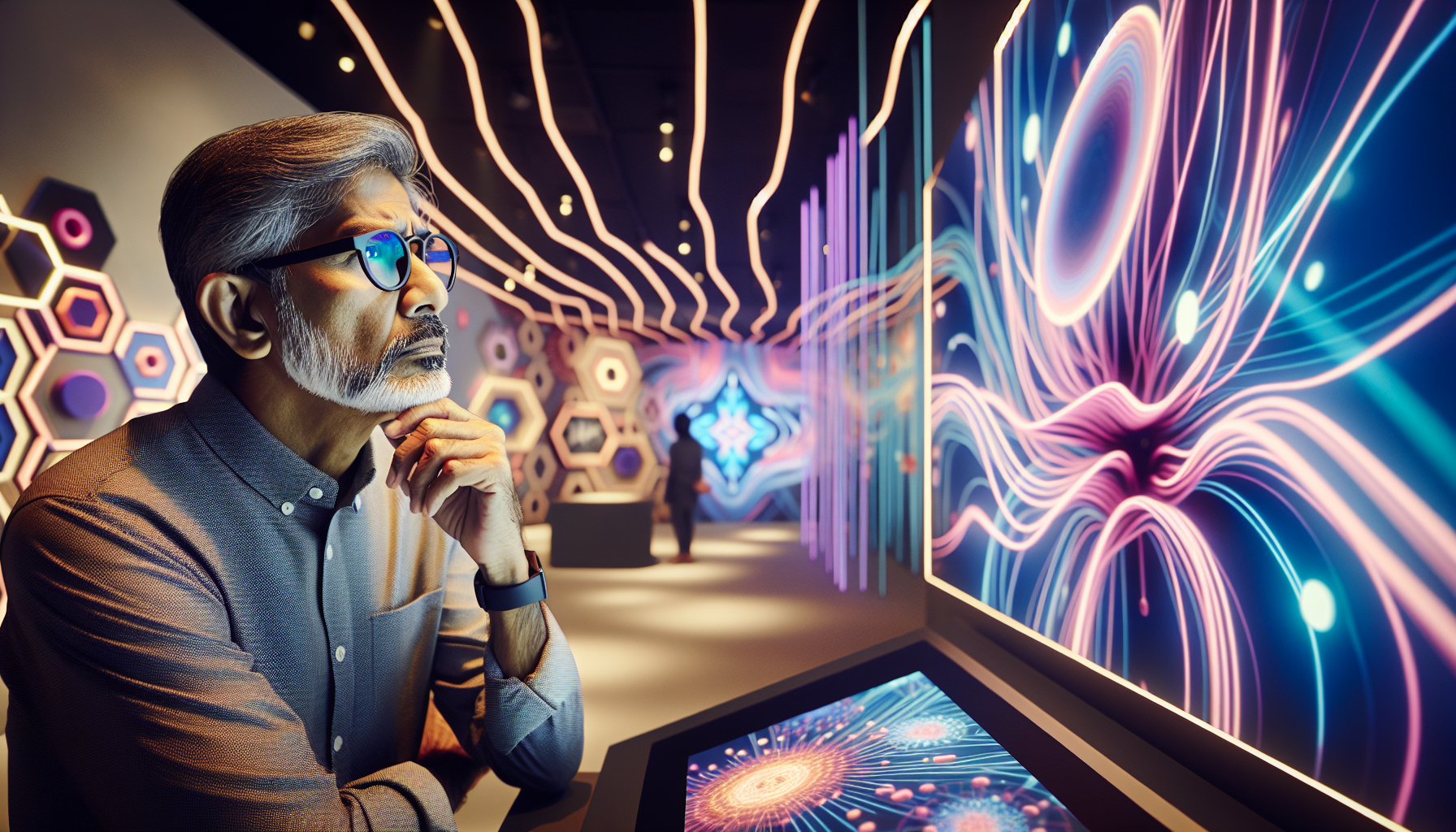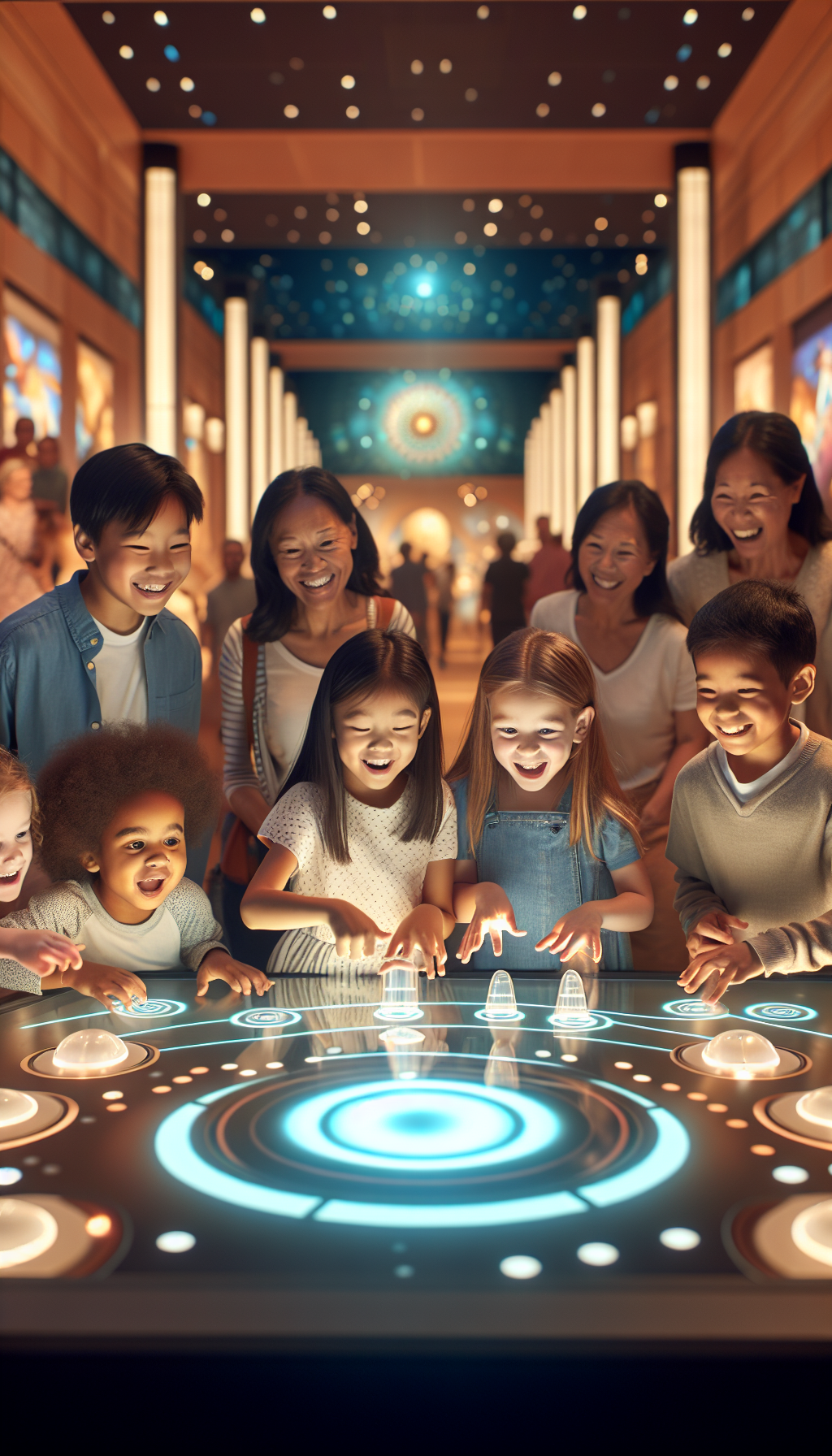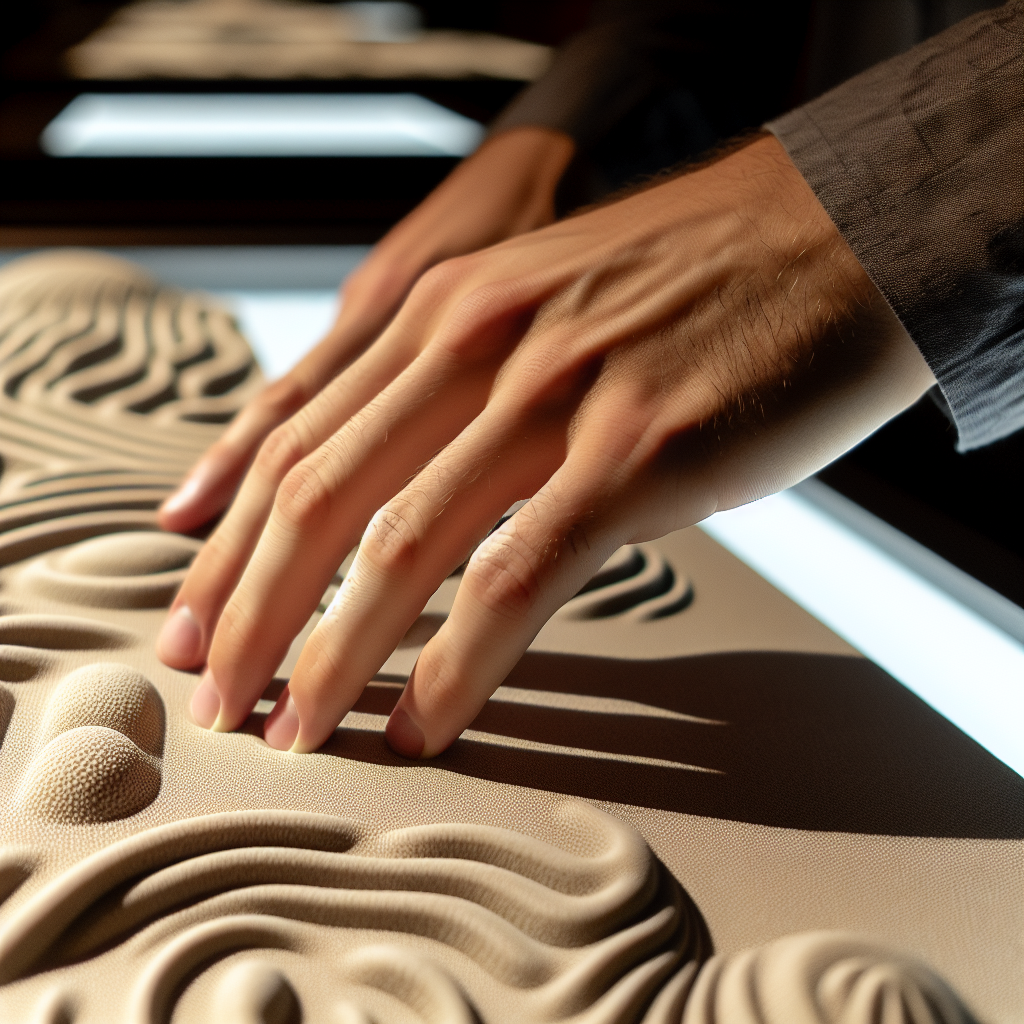Museums are not just repositories of historical artifacts and artworks; they are dynamic spaces designed to stimulate the mind and senses. With the growing understanding of sensory health and its impact on learning and experience, sensory engagement in museum design has become an integral aspect of creating memorable and inclusive environments. This article explores the powerful role sensory elements play in museums and how they can enhance the visitor experience.
The Importance of Sensory Engagement
Sensory engagement refers to the involvement of all our senses—sight, sound, touch, smell, and taste—in the process of exploring and understanding the world around us. It is well-established that engaging multiple senses can deepen learning and improve memory retention. For instance, when museum exhibits stimulate more than just the visual sense, they can create a more immersive experience, leading to a stronger emotional connection and lasting impression.
Enhancing Learning Through Sensory Experiences
Learning is a complex process that is significantly enhanced through sensory engagement. Museums that incorporate multisensory experiences can cater to diverse learning styles and needs, making education more accessible and enjoyable. For example, tactile models and auditory guides can greatly benefit visitors who have visual impairments or those who learn better through touch and sound.
Sensory elements in museum design also interact closely with brain health, as they stimulate neural pathways and can promote cognitive function. This is particularly beneficial for individuals seeking to preserve or improve their cognitive abilities through engaging activities.
Inclusivity and Accessibility
One of the primary goals of integrating sensory elements into museum design is to ensure inclusivity and accessibility. Sensory-friendly environments consider the needs of individuals with sensory processing disorders or those on the autism spectrum, providing a safe and welcoming space for all visitors. By doing so, museums can play a pivotal role in promoting sensory health and well-being.
Sensory Design Elements in Museums
To create truly sensory-engaging spaces, museums employ a variety of design elements that appeal to different senses. Let’s delve into some of these innovative features:
Interactive Exhibits
Interactive exhibits are a staple of modern museums. They encourage visitors to actively participate, whether it’s through touch screens, hands-on experiments, or immersive environments. This kind of interactivity not only makes the experience more enjoyable but also aids in learning and retention.
Ambient Sounds and Music
Soundscapes and background music can set the tone of an exhibit, evoke emotions, and transport visitors to different times or places. Strategic use of sound can greatly enhance storytelling and provide context to visual elements.
Aromatic Experiences
Our sense of smell is closely linked to memory and emotion. Museums can integrate natural scents or aromas that are relevant to the exhibit to create a more authentic and evocative experience. For instance, a history museum could use the smell of aged paper or ocean brine to bring maritime exhibits to life.
Visual Stimuli
Lighting and color play crucial roles in setting the mood of an exhibit and directing focus. Dynamic lighting can highlight specific artifacts, while colors can influence emotions and perceptions, making the visual experience more engaging.
Tactile Opportunities
Touch is an essential sense for interaction and learning. Museums can provide tactile experiences through replicas, textures, and materials that visitors can handle, offering a deeper understanding of the exhibits.
Incorporating Sensory Elements for Health and Wellness
Museums are not only places of learning but also venues that can contribute to health and wellness. Sensory engagement in museum design aligns with various aspects of health education, such as sensory health and its relationship with overall well-being.
For instance, sensory experiences can have therapeutic benefits, as highlighted in articles like "Sensory Integration Therapy Benefits for Stroke Survivors" and "Sensory Therapy and Its Role in Post-Surgical Recovery." These insights are vital for designing museum spaces that not only educate but also support recovery and healing.
Furthermore, the intersection of sensory health and mindfulness, as discussed in "The Relationship Between Sensory Health and Mindfulness," suggests that engaging the senses mindfully can have positive effects on mental health. Museums can incorporate mindfulness practices into their design, such as quiet zones or contemplative spaces, which allow visitors to reflect and absorb their surroundings in a more profound way.
External Resources Supporting Sensory Engagement
To bolster the points made regarding the benefits of sensory engagement in museums, here are a few niche resources:
- The Role of Olfactory Stimuli in Art Perception: This resource delves into the impact of scent on the perception of art, providing a compelling case for the inclusion of aromatic experiences in exhibits.
- Interactive Technologies in Museums: Enhancing Visitor Engagement: This article explores how interactive technologies can transform the museum experience by fostering greater visitor engagement.
- The Influence of Ambient Sound on Museum Visitors: A study on how background soundscapes affect visitors’ experiences and behaviors within museum spaces.
Conclusion
The integration of sensory elements in museum design represents a shift towards more inclusive, engaging, and health-conscious environments. By appealing to all our senses, museums can enhance learning, foster emotional connections, and support the well-being of their visitors. As museums continue to innovate, we can expect to see even more creative uses of sensory engagement that enrich the visitor experience and contribute to the broader goals of education and wellness.
Sensory engagement in museums is more than just a design trend; it is a powerful tool that can transform the way we interact with history, art, and culture. As we continue to understand the profound effects of sensory experiences on our health and learning, the future of museum design looks both bright and beautifully sensory-rich.



